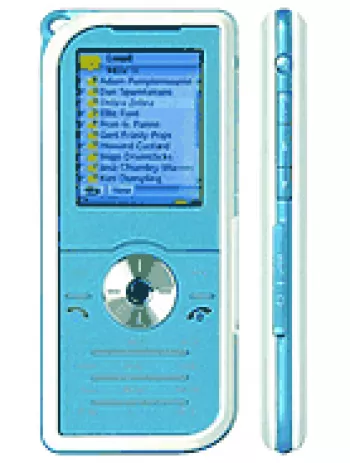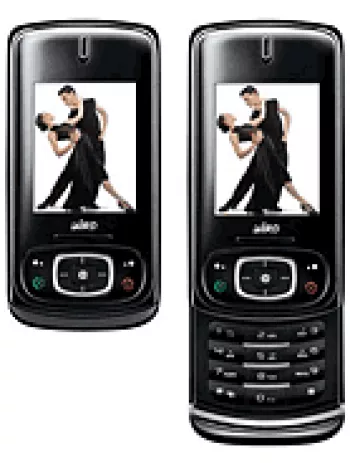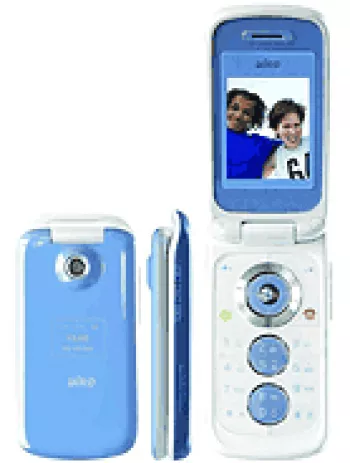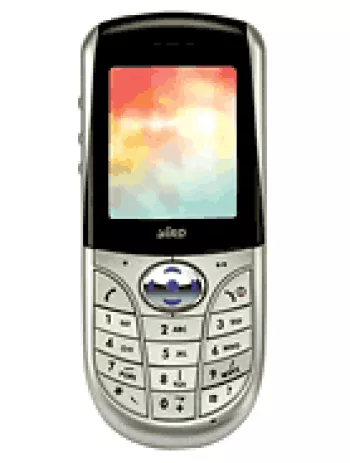
Overview of Bird A130
The Bird A130 is a feature phone that harkens back to the simplicity and functionality of early mobile devices. Released in the fourth quarter of 2004, it was part of the wave of mobile phones designed to offer essential telephony and messaging features without the complexity of modern smartphones. Despite its discontinuation, the Bird A130 remains a noteworthy example of the design and technology of its time.
Design and Build
The Bird A130 features a compact design, suitable for users looking for portability and simplicity. Its dimensions are 87 x 42 x 22 mm, making it small enough to fit comfortably in the palm of your hand and easily slip into a pocket. Weighing in at just 82 grams, the phone is lightweight, further enhancing its portability.
The phone supports a Mini-SIM type and is available in a sleek silver color. The build quality is robust for its class, providing durability that was typical for phones manufactured during this era.
Display
The display of the Bird A130 is a modest STN screen capable of showing 65K colors. It has a resolution of 128 x 160 pixels, which was standard for feature phones at the time, providing adequate clarity for basic tasks such as reading text messages and viewing call logs. Although the screen size is not specified, its resolution suggests a compact display suited for simple operations.
Memory and Storage
Consistent with feature phones of its time, the Bird A130 does not include a card slot for expandable storage. Instead, it offers internal storage that accommodates up to 500 phonebook entries, ensuring ample space for storing essential contacts. The phone can log up to 20 entries each for dialed, received, and missed calls, which provides basic functionality for call management.
Camera
The Bird A130 includes a single VGA camera with a resolution of 0.3MP. This camera is meant primarily for capturing simple, quick snapshots. While it lacks advanced features such as autofocus or video recording, it provides a basic photographic capability that was appreciated at its release.
Sound and Alert Features
The phone does not feature a loudspeaker or a 3.5mm audio jack, which limits its audio functionalities. However, it supports alert types that include vibration and downloadable polyphonic ringtones, giving users a way to customize their notifications.
Connectivity
The Bird A130 is equipped with basic connectivity options. It supports GSM networks at 900 and 1800 MHz frequencies, facilitating reliable communication coverage. Though it includes GPRS with Class 4 functionality, it does not support EDGE, WLAN, Bluetooth, or positioning features, indicating its focus on fundamental communication tasks.
Users would find no support for radio or USB connectivity, underscoring the phone’s orientation towards essential mobile functionalities.
Battery and Power Management
The device is powered by a removable Li-Ion battery with a capacity of 670mAh. While the battery capacity might seem modest by today’s standards, it is adequate for a feature phone, providing reasonable talk and standby times, as these phones were not power-hungry devices.
Software and Features
Running on a feature phone operating system, the Bird A130 supports basic messaging services such as SMS, EMS, and MMS. It includes a WAP 1.2.1 browser, allowing access to rudimentary web content, which was a standard inclusion for phones during that time.
The phone includes several games, though it does not support Java, limiting its ability to run additional third-party applications. Despite this, the included games provide basic entertainment options for users.
Conclusion
In conclusion, the Bird A130 serves as an exemplar of early 2000s mobile phone technology—simple yet functional. With its focus on essential communication and messaging capabilities, it’s tailored for users seeking a straightforward mobile experience without the complexity of modern smartphones. As a discontinued model, it now stands as a nostalgic piece of mobile history, reflective of an era that focused on connectivity in its most fundamental form.
Key Features of Bird A130
- Compact and lightweight design (Dimensions: 87 x 42 x 22 mm, Weight: 82 g)
- GSM network support with 2G bands (GSM 900 / 1800)
- Display with 65K colors (Resolution: 128 x 160 pixels)
- Supports messaging services like SMS, EMS, and MMS
- VGA main camera for basic photography needs
- Removable Li-Ion battery
- Silver color option available
- Downloadable polyphonic ringtones
- Includes games for entertainment
Disadvantages of Bird A130
- Only supports GSM 900/1800 bands, limiting network compatibility.
- No EDGE support for faster 2G data speeds.
- Discontinued status; no longer supported or updated.
- STN display with limited color depth (65K colors) and low resolution (128 x 160 pixels).
- No expandable memory due to lack of card slot.
- Main camera is limited to VGA resolution with no video recording capability.
- No selfie camera available.
- Absence of a loudspeaker and 3.5mm headphone jack.
- Lacks modern communication features such as WLAN, Bluetooth, and GPS.
- Does not include a radio or USB connectivity options.
- No sensors integrated into the device.
- Limited to basic messaging services (SMS, EMS, MMS).
- Basic browser support with WAP 1.2.1, which is outdated for modern internet use.
- No support for Java applications, limiting app expandability.
- Only available in one color option: Silver.

View Also
More Phones
All Rights Reserved +14267 Phones © Mobilawy 2025

























